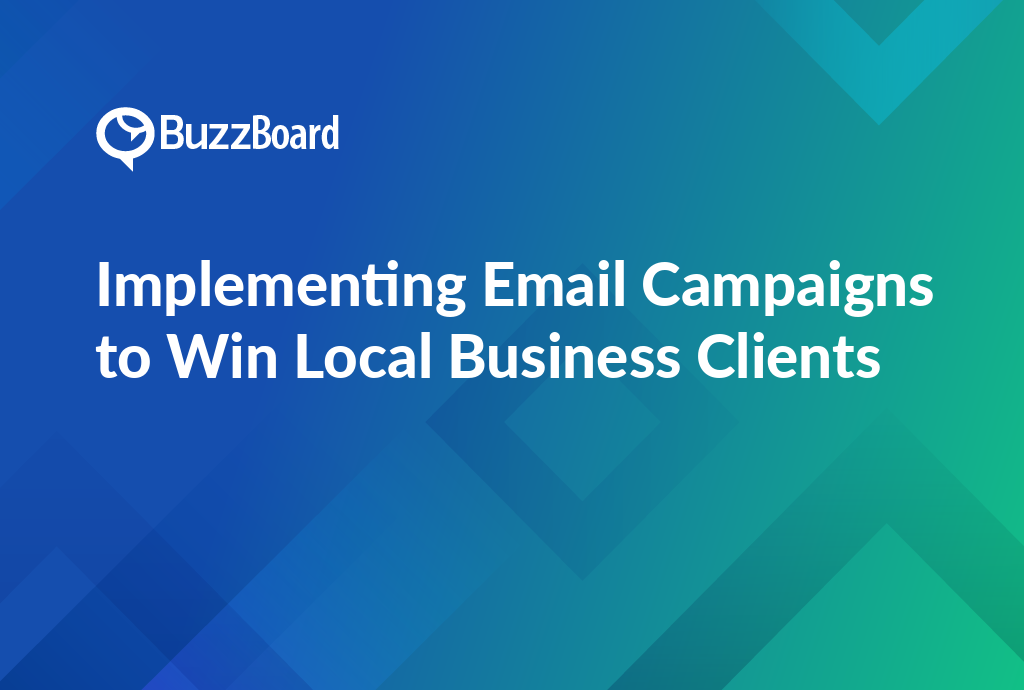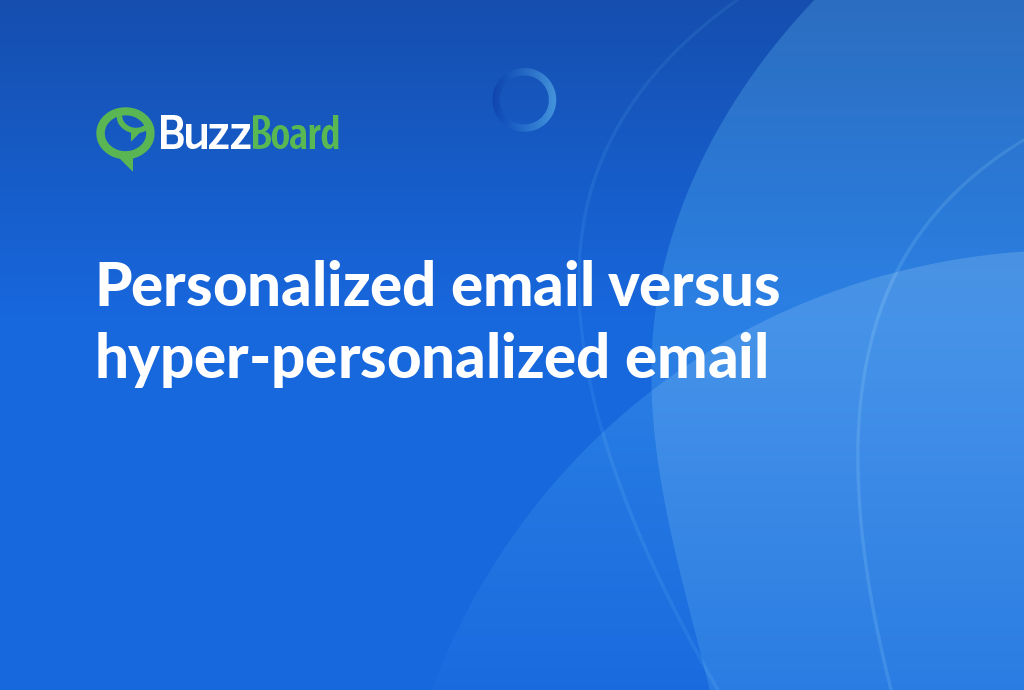How to Implement Effective Email Campaigns to Win Local Business Clients
Winning local business clients requires a strategic approach to email marketing. In this article, we’ll explore the importance of implementing effective email campaigns to attract and retain local clients. We’ll discuss the key elements of a successful email campaign, including crafting compelling subject lines, creating engaging content, and leveraging segmentation to personalize your approach. Additionally, we’ll provide actionable tips on how to measure the success of your email campaigns and optimize your strategy for better results. By implementing these strategies, you’ll be well on your way to winning local business clients and growing your client base.
How to Succeed in Attracting Local Business Clients by Strategic Implementation of Email Campaigns
Capturing the undivided attention of local business clients can sometimes seem like a Herculean task. However, with targeted email campaigns, it can become a rewarding feat. The challenge doesn’t lie in obtaining emails but in crafting a strategic email marketing approach that aligns with the needs of local business clients. Below are ways you can integrate email into your digital marketing strategies.
First, we cannot stress enough the importance of email list building. Equally vital is the accurate segmentation of these lists. Not every local business is identical. Understanding different needs and interests within your local audience can help tailor personalized campaigns that resonate with them. A generic approach will simply disappear in the sea of spam emails.
A/B testing is vital for campaign success. It allows you to provide engaging content by testing multiple versions of your emails. Combine this with strategic implementation of call-to-actions to lead your clients towards desired actions. The copy, position, and design of your CTA can significantly affect click-through rates.
Effective utilization of automation tools can help deliver the correct message at the right time. But, remember to integrate these tools within your sales funnels for a seamless transition of leads. The last thing you want is a potential client feeling lost in digital limbo.
Throughout the campaign, track your email metrics as they provide insights on open rates, click-through rates, and conversions. These metrics give a clear picture of whether your personalized campaigns are successfully winning local business clients.
Lastly, don’t forget email compliance. Adherence to email regulations like CAN-SPAM or CASL not only improves Deliverability but also builds trust with the recipients. Businesses prefer partnering with companies that uphold ethical digital conduct.
Importance of Segmenting Email Lists and Personalized Campaigns When Targeting Local Business Clients
The dawn of the digital age revolutionized marketing strategies, presenting numerous opportunities. As a digital marketing agency, one proven way to win local business clients is through personalized email marketing campaigns.
Customizing your email outreach based on segmented email lists gives your communication a personal touch, making prospective local business clients feel valued. Segmentation allows marketers to divide a broad email list into precise categories based on individual behaviors and interests, ensuring your message reaches the right person at the right time to enhance the chances of conversion.
Personalization isn’t the only requirement. Astute integration of sales funnels into your campaigns guides potential clients smoothly from the awareness stage to the decision-making phase. Coupled with strategically placed call-to-action, this integration amplifies your approach, prompting your clients into action.
Merely creating personalized campaigns is only half the battle. The real challenge lies in analyzing email metrics—understanding opens, clicks, and conversions is crucial for future improvement. This is where A/B testing comes in. Small changes such as subject lines or send times can help optimize your campaigns.
Automation tools also play a key role, handling tedious tasks, and ensuring timely communication. On autopilot, these tools can segment contacts, schedule delivery, and trigger specific responses based on customer actions.
Given the regulatory landscape, compliance and deliverability are crucial. Ensuring your campaigns adhere to legal and spam regulations not only saves you fines but also enhances your email deliverability rates, boosting your campaign’s overall effectiveness.
Lastly, building an email list can drive your agency’s success in local business acquisition. Permission-based email list building fosters trust and significantly increases successful client conversion chances.
By leveraging these strategies, digital marketing agencies can better sell their services to small businesses, fostering strong and long-lasting relationships.
Understanding the Role of Email Metrics, A/B Testing, and Automation Tools for Successful Email Marketing Campaigns
Achieving success in digital marketing often hinges on understanding the customer’s journey and implementing effective strategies based on this understanding. Despite the prevalence of social media, email marketing remains a highly effective strategy. To execute successful email campaigns to win local business clients, it is crucial to understand and optimize components such as email metrics, A/B testing, and automation tools.
Email metrics serve as the foundation of email marketing campaigns. They facilitate a comprehensive analysis of the campaign’s overall performance. Metrics, which include open rates, click-through rates, bounce rates, and conversion rates, provide insights about your message reaching and engaging your audience.
The importance of segmenting email lists cannot be overstated. Segmented lists offer more personalized campaigns and significantly increase email marketing success rates. Segmentation can be based on demographics, shopping behaviors, past engagements, or other relevant categories.
Once metrics are set and lists segmented, continuous testing and improvement of your emails are essential, making A/B testing a crucial process. A/B testing lets you test two email versions to determine the better performer, helping optimize future campaigns.
Automation tools are valuable in running efficient email marketing campaigns. They automate various activities, including scheduling emails or responding to specific triggers, saving substantial time and resources. These tools often feature list segmentation and A/B testing, enhancing their utility.
Integration with sales funnels is another key strategy, using the information gathered from email marketing campaigns to navigate potential local business clients through your sales funnels.
In mastering these aspects of email marketing, remember the importance of compliance and deliverability. Adherence to regulations such as the CAN-SPAM Act avoids fines and improves deliverability.
Understanding these components equips you to sell your services to small businesses. They will value your comprehensive approach to securing local business clients through email marketing.
The Necessity of Integrating Sales Funnels and Complying With Email Regulations in Email Campaigns to Win Local Business Clients
In the continuously evolving digital landscape, the demand for effective email marketing campaigns has skyrocketed. As digital marketing agencies, guiding small businesses to establish local business clientele requires a deep comprehension and mastery of these tactics, particularly in sales funnel integration and email compliance.
Understanding your audience is a paramount strategy in any marketing effort. This extends to email list building, enabling businesses to foster a deeper connection with potential customers. Properly executed personalized campaigns hold the power to nurture customer loyalty and significantly boost sales.
However, to achieve optimized engagement, segmenting email lists can be an impactful game-changer. This strategy enables your small business clients to target their audience more accurately, thereby enhancing their email metrics.
Driving conversions doesn’t end at customizing message content. Incorporating persuasive call-to-action in your email campaigns can guide potential clients toward revenue-yielding activities, such as visiting your website, enrolling for a service, or buying a product.
A well-structured email is essential but how do you measure its effectiveness? Here’s where A/B testing is instrumental. By trying out various versions of your emails, you can determine which content resonates most with your audience, rendering future campaigns more effective.
Regardless of the potency of these efforts, they may not yield pleasing results if your emails aren’t delivered correctly. Delivery is vital to an email campaign’s triumph, making understanding email compliance crucial. Compliance with rules that govern email communications isn’t optional, but a necessity—safeguarding the sender’s reputation and ensuring messages reach the recipient’s inbox.
Incorporating these regulations into your campaign strategy can seem daunting, but automation tools have simplified the process. From crafting personalized emails to scheduling, tracking, and A/B testing, these tools assist in the efficient execution of your strategy.
The final piece of the puzzle is sales funnel integration. By tracking a prospect’s journey from the initial contact to the purchase decision, businesses can fine-tune their efforts, thereby increasing their local business acquisition success.
By mastering these key strategies and meticulously complying with email regulations, digital marketing agencies can help their small business clients grow in local markets via effective email campaigns.
Strategies to Improve Your Email Campaign’s Deliverability and Win Over Local Business Clients
The constantly evolving landscape of digital marketing has increased competition, making high-deliverability email campaigns crucial to winning local business clients. The right strategies and tools can significantly boost the effectiveness of your email marketing campaigns, helping to establish a firm foothold in local business acquisition.
A robust email list forms the backbone of any email marketing effort. It paves the way for personalized campaigns that resonate with potential clients. By segmenting the email list based on client preferences, geographical location, or previous interactions, agencies can tailor messages to target audiences. This bespoke approach generally leads to higher engagement rates and potentially, enhanced return on investment.
Integrating seamless sales funnels is equally important. The email campaigns must work in unison with all other marketing strategies to create well-rounded interactions with potential clients. Automation tools can simplify this process by streamlining communication and maintaining consistent messaging.
Creating compelling content is vital to drive engagement. This is where powerful, action-driven calls-to-action shine. An effective call-to-action can markedly increase conversion rates and bolster overall campaign performance.
Monitoring email metrics, like open rates, click-through rates, bounce rates, conversions, and unsubscribes are crucial ingredients within email campaigns. This data can provide priceless insights into what works, and what doesn’t, essentially helping to refine future campaigns.
A/B testing enables experimenting with different variables in your email content to understand what best resonates with your audience, and what yields optimum results. This can range from distinctive subject lines to diverse visual content.
While designing effective email marketing campaigns, agencies must ensure email compliance. This includes adherence to regulations like the CAN-SPAM Act in the U.S. that mandate transparency and give the recipient the right to unsubscribe.
Deliverability is the key to successful email campaigns. Proactive measures to guarantee high deliverability, such as regular list maintenance, avoiding spam trigger words, and maintaining an unsullied sending reputation are essential.
Mastering email campaign art to win local business clients is challenging, but with consistent refinement and optimization of strategies, high deliverability rates, improved client engagement, and increased conversions can be achieved.








